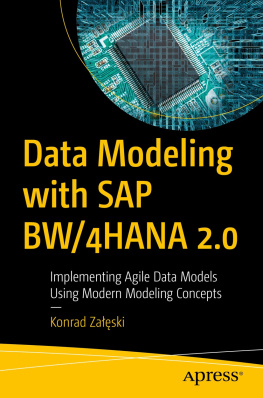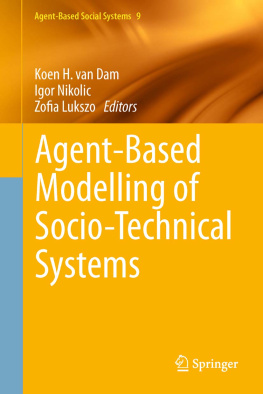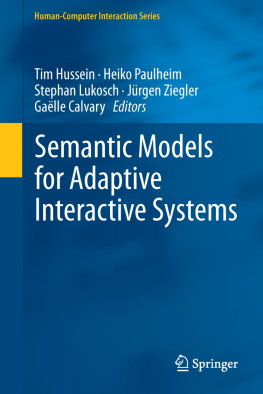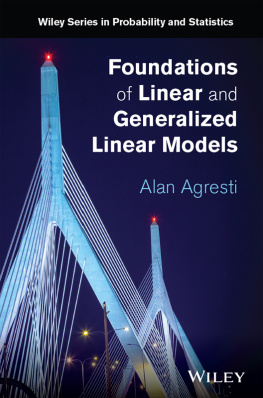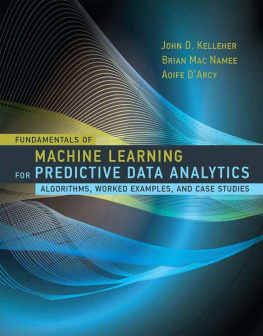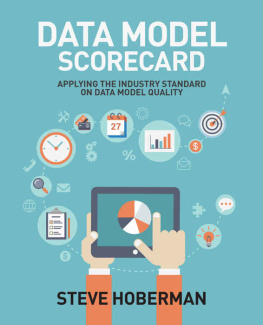Agent-Based Modelling & Geographical Information Systems
In the digital age, social and environmental scientists have more spatial data at their fingertips than ever before. But how do we capture this data, analyse and display it, and most importantly, how can it be used to study the world?
Spatial Analytics and GIS is a series of books that deal with potentially tricky technical content in a way that is accessible, usable and useful. Early titles include Urban Analytics by Alex Singleton, Seth Spielman and David Folch, and An Introduction to R for Spatial Analysis and Mapping by Chris Brunsdon and Lex Comber.
Series Editor: Richard Harris
About the Series Editor
Richard Harris is Professor of Quantitative Social Geography at the School of Geographical Sciences, University of Bristol. He is the lead author on three textbooks about quantitative methods in geography and related disciplines, including Quantitative Geography: The Basics (Sage, 2016).
Richards interests are in the geographies of education and the education of geographers. He is currently Director of the University of Bristol Q-Step Centre, part of a multimillion pound UK initiative to raise quantitative skills training among social science students, and is working with the Royal Geographical Society (with IBG) to support data skills in schools.
Books in this Series:
An Introduction to Big Data and Spatial Data Analytics in R
Lex Comber & Chris Brunsdon
An Introduction to R for Spatial Analysis and Mapping, 2nd Edition
Chris Brunsdon & Lex Comber
Geocomputation, Chris Brunsdon & Alex Singleton
Agent-Based Modelling & Geographical Information Systems
Andrew Crooks, Nicolas Malleson, Ed Manley & Alison Heppenstall
Modelling Environmental Change, Colin Robertson
Published in Association with this Series:
Quantitative Geography, Richard Harris
Agent-Based Modelling & Geographical Information Systems
A Practical Primer
Spatial Analytics and GIS
- Andrew Crooks
- Nick Malleson
- Ed Manley
- Alison Heppenstall

- Los Angeles
- London
- New Delhi
- Singapore
- Washington DC
- Melbourne
SAGE Publications Ltd
1 Olivers Yard
55 City Road
London EC1Y 1SP
SAGE Publications Inc.
2455 Teller Road
Thousand Oaks, California 91320
SAGE Publications India Pvt Ltd
B 1/I 1 Mohan Cooperative Industrial Area
Mathura Road
New Delhi 110 044
SAGE Publications Asia-Pacific Pte Ltd
3 Church Street
#10-04 Samsung Hub
Singapore 049483
Andrew Crooks, Nick Malleson, Ed Manley and Alison Heppenstall 2019
First published 2019
Apart from any fair dealing for the purposes of research or private study, or criticism or review, as permitted under the Copyright, Designs and Patents Act, 1988, this publication may be reproduced, stored or transmitted in any form, or by any means, only with the prior permission in writing of the publishers, or in the case of reprographic reproduction, in accordance with the terms of licences issued by the Copyright Licensing Agency. Enquiries concerning reproduction outside those terms should be sent to the publishers.
Library of Congress Control Number: 2018945199
British Library Cataloguing in Publication data
A catalogue record for this book is available from the British Library
ISBN 978-1-4739-5864-7
ISBN 978-1-4739-5865-4 (pbk)
Editor: Robert Rojek
Assistant editor: John Nightingale
Production editor: Katherine Haw
Copyeditor: Richard Leigh
Proofreader: Sunrise Setting Ltd
Indexer: David Rudeforth
Marketing manager: Susheel Gokarakonda
Cover design: Wendy Scott
Typeset by: C&M Digitals (P) Ltd, Chennai, India
Printed in the UK
List of Figures
List of Tables
Preface
This book has emerged through years of discussions, comments and questions we have received about building agent-based models and integrating geographical information. When we started developing agent-based models (some time ago) there were very few textbooks, tools or resources available. While this has changed over the last two decades as the popularity of agent-based modelling has grown, we felt there was still a need to provide a resource that helps students and researchers gain an understanding of how to incorporate and consider geography and geographical information in the building of agent-based models.
We approached this book from two standpoints. First, to provide a synthesis of the underpinning ideas, techniques and frameworks for integrating agent-based modelling and geographical information systems. Second, building on our experiences of teaching at various levels, to provide a practical set of information for the development of agent-based models for geographical systems.
From these two standpoints we have developed a book that provides a practical primer in the integration of agent-based modelling and geographical information systems. In outlining the subject we will cover many examples of geographical phenomena, from linking the individual movements of pedestrians to aggregate patterns of urban growth, to the integration of social networks into modelling mobility. Through this text, we hope the reader will understand how the field has developed, how agent-based models are different from other modelling approaches, and the future challenges we see lying ahead. Through use of sample code (all of which can be found on the accompanying website www.abmgis.org) we provide the reader with many of the basic building blocks for constructing agent-based models linked to geographical information systems. Throughout the book we use the software package NetLogo (Wilensky, 1999), providing an easy route into learning about agent-based modelling through its ease of use and relatively shallow learning curve.
We believe there is an exciting future for agent-based modelling within the geographical context we hope this book convinces you of the same, and inspires many more models of the future!
We would like to thank the following people who have helped us along the way with words of advice, encouragement and support (in alphabetical order): Peggy Agouris, Rob Axtell, Mike Batty, Mark Birkin, Tao Cheng, Claudio Cioffi-Revilla, Arie Croitoru, Tomas Crols, Tim Gulden, Andy Hudson-Smith, Andrew Jenkins, William Kennedy, Sean Luke, Ron Mahabir, David OSullivan, Amit Patel, Dieter Pfoser, Denise Pumain, Jacek Radzikowski, Anthony Stefanidis, Qing Tian, Paul Torrens, Sarah Wise, Andreas Zufle. An extra special thank-you must go to Yang Zhou who helped develop many of the NetLogo models used throughout this book. Alisons biggest thanks go to her Doctor. We should also thank WhatsApp and Skype for helping us maintain contact at all hours of the day and night (even if we didnt want to).
A special thank-you also goes to SAGE, and in particular John Nightingale and Robert Rojek, who have been immensely patient with us as we battled competing work and life priorities alongside the writing of this book.



